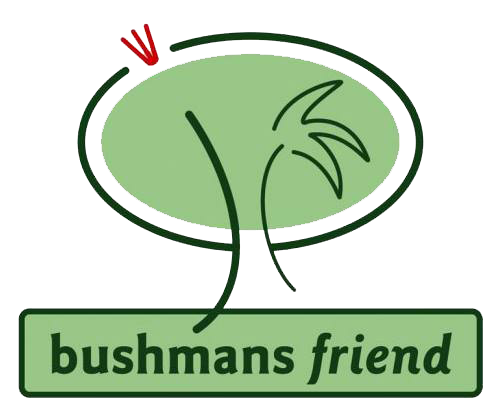
Recommended Books A practical field guide to New Zealand's native edible plants. Andrew Crowe Gardener's Encyclopaedia of NZ Native Plants by Cave, Paddison Trees and Shrubs of New Zealand by Poole and Adams The Reed Field Guide to New Zealand Native Trees by J.T. Salmon
| The Botanical features of New Zealand plants. |
Plants with their headquarters in New Zealand (Coprosma, Hebe, Pseudopanax),
Plants with limited distribution (The offshore islands; particularly Northland's), North West Nelson, Whangaroa and North Cape. Just about every province of New Zealand will have a plant that is limited to that particular area.
Small white inconspicuous flowers on many species,
Tree daisies. Usually daisies are small shrubs or annuals that are about knee or waist height. However in New Zealand and Australia there are daisies that grow the size of small trees. Brachyglottis, Olearia and Senecio have individuals tall enough to be called tree daisies.
Evergreen. Only 11 new Zealand species loose their leaves over winter. The most common are kowhai(Hemideciduous), lacebark and Tree Fuschia. The vast majority of trees and shrubs are evergreen for all of the year. In Northland these species are only deciduous for a week or two and in Southland they may be deciduous for about 4 months of winter.
Of course the big question is : Why and by what process do these features occur in New Zealand ?
The answer rests with our isolation. 80 million years of isolation in the south-west Pacific, free of mammals, only colonised by humans in the last 1200 years and a set of environmental and climatic circumstances have created plants that are truely unique to New Zealand.
Articles